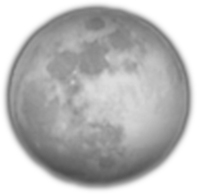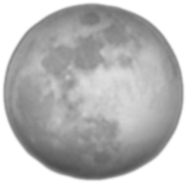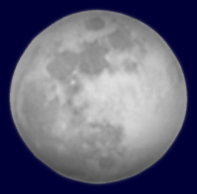
*
From The Old Farmer’s Almanac:
“February’s full Moon, called the Full Snow Moon, reaches peak fullness at 2:34 A.M. EST on Sunday, February 9. For the best view of this Moon, look for it on the night of Saturday, February 8; it will rise in the east and reach its highest point in the sky around midnight.”
Check Out the Snow Moon, the First Supermoon of 2020
*
“IS FEBRUARY’S FULL MOON A SUPERMOON?”
“You may hear February’s full Moon being called a supermoon. But is it really a supermoon? The answer is that it’s debatable, since it depends on which definition of supermoon you go by.”
“According to the broader definition of the term, which says that a supermoon is a full moon that coincides with the point in the Moon’s monthly orbit where it is closest to Earth, February’s full Moon could arguably be considered a supermoon by some, since the Moon will be closer than it normally is. By this definition, there are also supermoons in March, April, and May this year—all of which will be closer to Earth than February’s full Moon.”
“However, if we go by a stricter definition of supermoon, which says that a supermoon is the full moon that comes closest to Earth during the year, then April’s full Moon is the true supermoon of 2020.”
*


